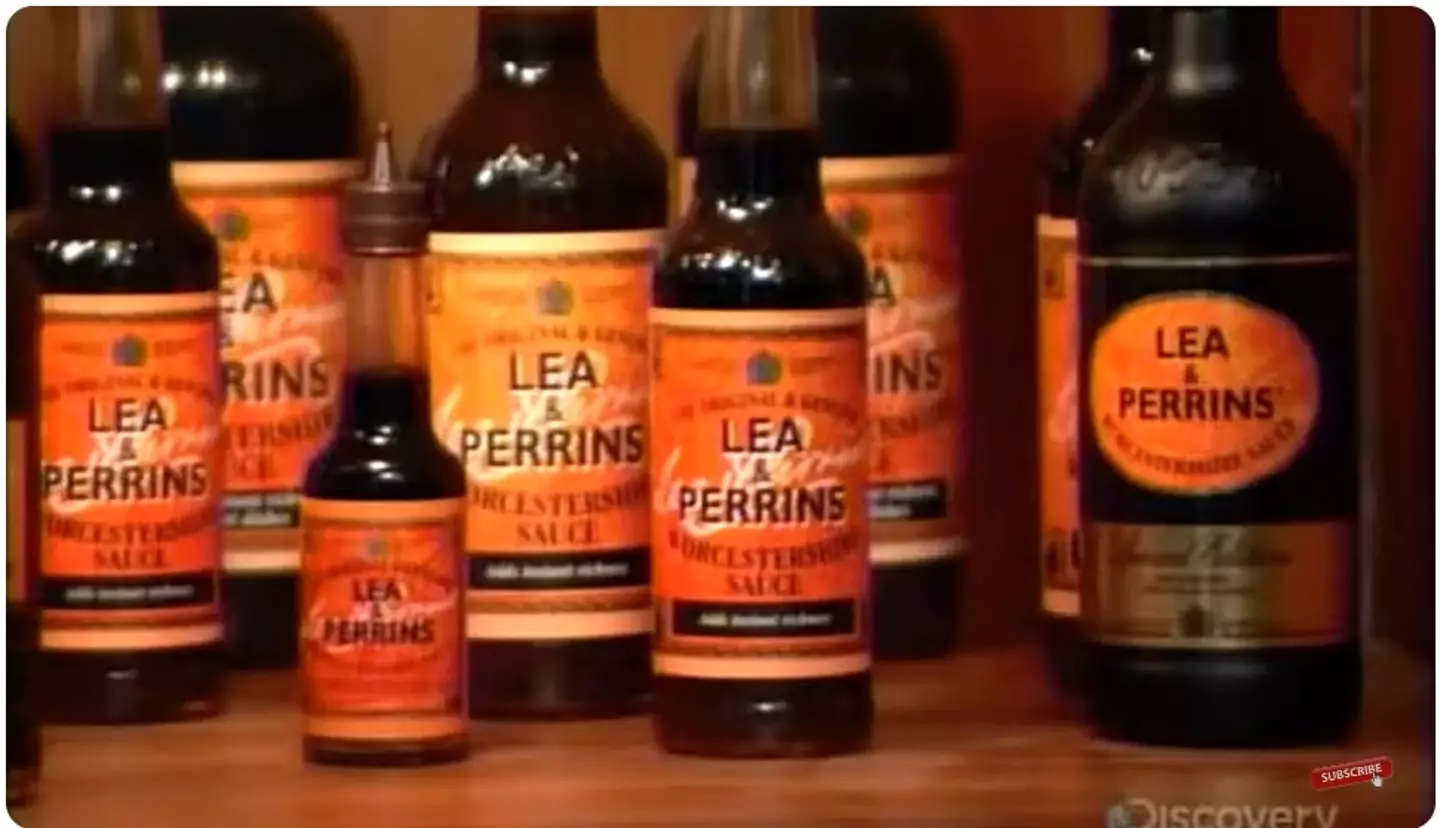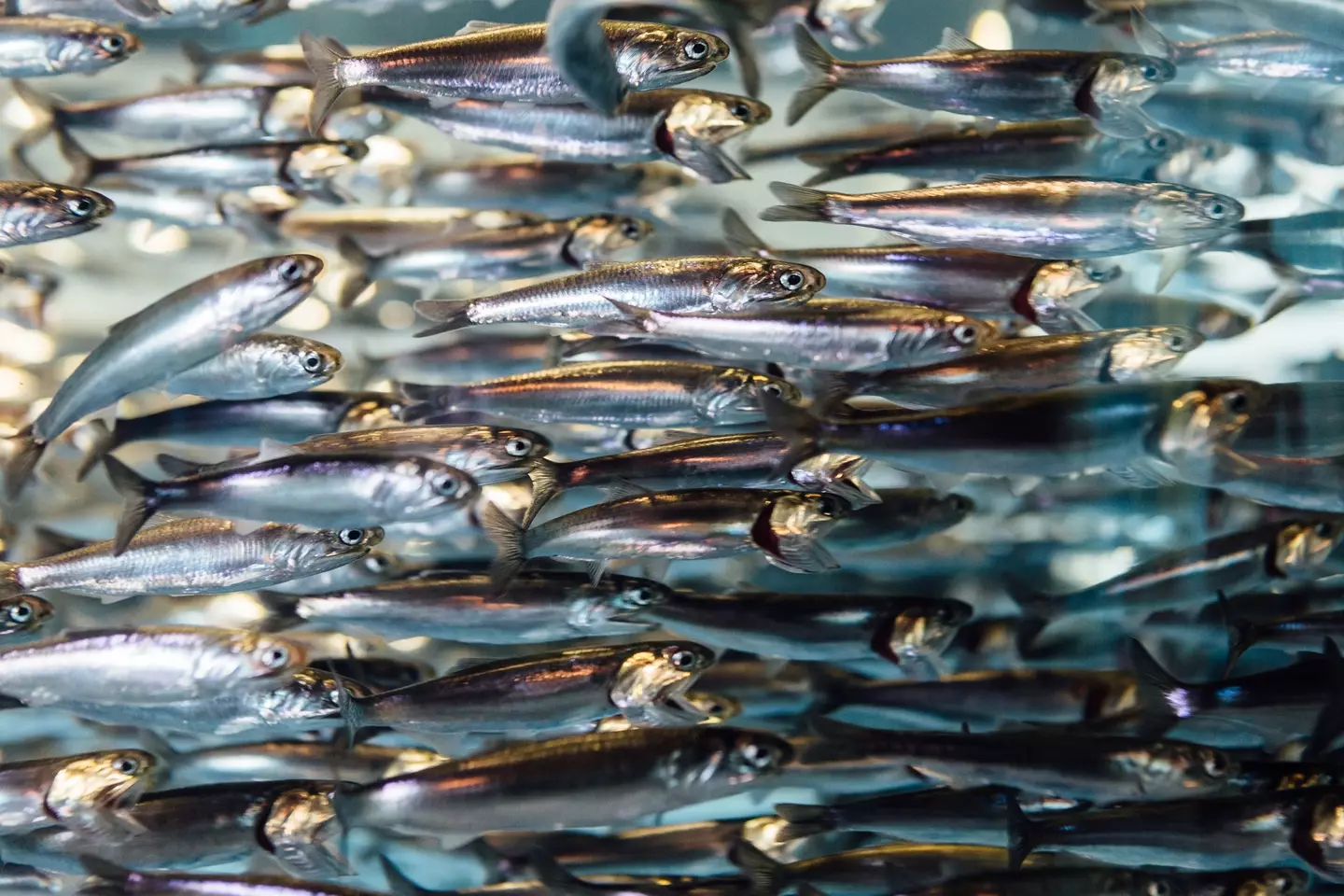
If you’ve gone through life without sparing a thought to how Worcestershire sauce is made, join the club.
Much like any fermented condiment, you might have a vague idea that there’s some decomposed matter involved, but out of sight is out of mind, right?
Who cares how the proverbial sausage is made when it’s elevating your cheese on toast to new heights?
But, sadly, we’re nothing if not a curious species. Much like our feline cousins, that curiosity isn’t always advised.
Advert
If you’d rather not go into the grisly details behind the non-descript brown liquid, consider this your last warning.

Now, you might have spoiled this article for yourself by reading the ingredients list. But fret not! The manufacturing process is stomach-churning in its own right.
This video from the How It’s Made Show on YouTube, with the clip originally having been put together in 2001 by a Canadian TV company Productions MAJ.
Advert
If nothing else, the video is a nice shot of nostalgia for anyone who was at school in the late 90s and early 00s. It looks like it should be watched a cathode ray TV that gets wheeled from classroom to classroom on its own trolley.
Anyway, the video shows the process starting with a large portion of onions and garlic preserved in malt vinegar.
They’re left to pickle for a few years until they simply can’t take it any more, liquifying like Gollum in the Mount Doom magma.
And that brings us to the bit that some people can’t stomach: anchovies are cured in salt for months on end until they, too, start to disintegrate.
Advert
More salt, sugar, malt vinegar, tamarind concentrate, molasses, and white vinegar are added, along with a ‘secret’ spice and herb mix.
It’s all then blended into a fine solution before left to mature for even longer.
Who knows how for long those anchovies have been dead before their liquid fate gets sprinkled into a bolognese?
The maturation lasts for months, with various additional processes applied intermittently to reduce it all down to the special sauce.
Advert
After all that, the sauce is pasteurised for some extra flavour and added longevity, and then it’s decanted into the orange-labelled bottles we know and love.

That wasn’t so bad, was it?
Sadly, some soft-stomached social media users can’t handle the anchovy element.
Advert
"Jesus Christ, I love this stuff, but after seeing the anchovies [I] dunno if I can eat it again," said one commenter.
"I don't know what was worse,” began another, “how disgusting all the ingredients looked or the complete butchering of the pronunciation of Worcester and Worcestershire."
“I bet those fish stink,” said another. Hardly biting commentary, of course; smelling bad is one of fish’s many prerogatives.
Another horror hiding in plain sight, or just a relatively banal process that you needn’t preoccupy yourself with? What’s your take?
Topics: UK Food
